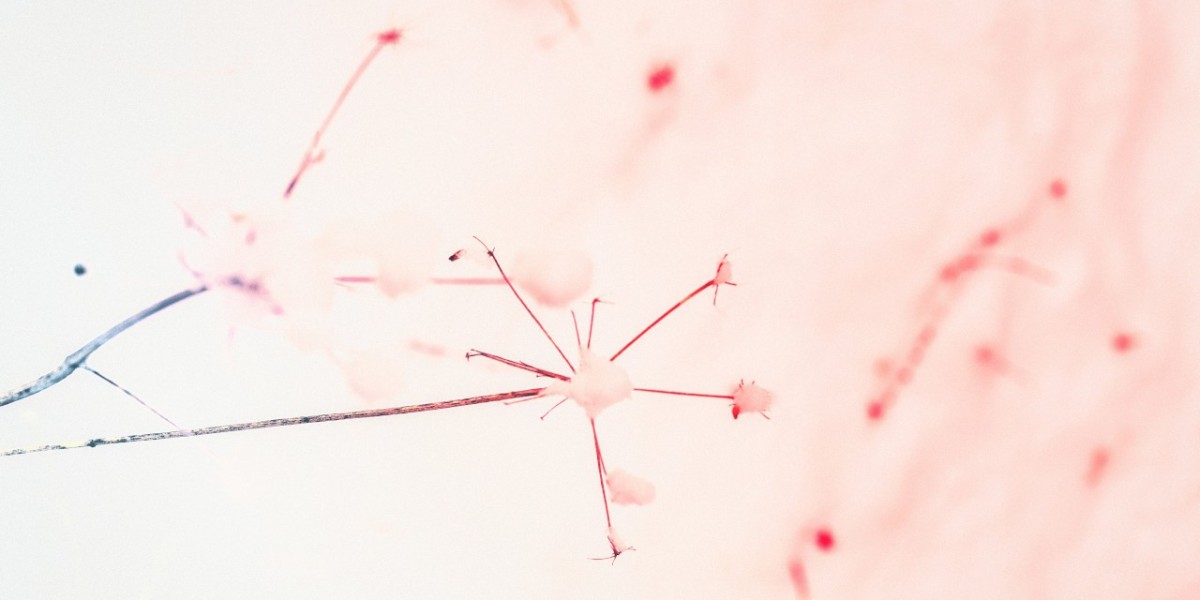Color is a powerful tool in the hands of artists, especially in abstract paintings where it can evoke emotions, convey meaning, and shape the viewer's experience in profound ways. Abstract art, with its departure from representational forms, relies heavily on color to communicate themes, moods, and narratives. This article explores the significance of color in abstract paintings, its psychological effects on viewers, and how artists harness its expressive potential to create compelling visual experiences.
Understanding Color in Abstract Art
Abstract art encompasses a diverse range of styles and movements, from the geometric precision of Mondrian to the spontaneous gestures of Pollock. Across these varied approaches, color serves as a fundamental element that defines the mood, atmosphere, and emotional tone of the artwork. Unlike representational art, where colors may depict objects realistically, abstract artists use color in more subjective and symbolic ways to evoke responses and stimulate the imagination.
The Psychological Impact of Color
Color psychology studies how different colors affect human emotions, perceptions, and behaviors. While individual responses to color can vary based on personal experiences and cultural influences, certain general associations are widely recognized:
Red: Often associated with passion, energy, and intensity. In abstract art, red can evoke strong emotions and draw immediate attention.
Blue: Symbolizes calmness, serenity, and introspection. It can create a sense of depth and tranquility in abstract compositions.
Yellow: Represents optimism, happiness, and warmth. Yellow hues can add brightness and vibrancy to artworks.
Green: Symbolizes nature, growth, and harmony. It can convey a sense of balance and renewal.
Purple: Often associated with royalty, luxury, and spirituality. In abstract paintings, purple can evoke mystery and introspection.
Orange: Combines the energy of red with the brightness of yellow, often representing enthusiasm, creativity, and warmth.
Black and White: While technically not colors, these shades are powerful in abstract art. Black can suggest mystery, depth, or negativity, while white often symbolizes purity, simplicity, or emptiness.
Expressive Use of Color in Abstract Art
Abstract artists utilize color in various ways to express their ideas and emotions:
Emotional Expression: Colors can convey the artist's emotional state or response to a particular theme or concept. For example, vibrant colors may suggest vitality and passion, while muted tones might evoke introspection or melancholy.
Symbolism and Metaphor: Artists often use color symbolically to represent abstract concepts or themes. For instance, Mondrian's use of primary colors and geometric forms in his compositions was influenced by his belief in universal harmony and order.
Creating Depth and Space: Colors can create a sense of depth and spatial dynamics within abstract paintings. Warm colors (reds, oranges) tend to advance towards the viewer, while cool colors (blues, greens) recede into the background, influencing the perception of space and form.
Contrast and Composition: Contrast between colors can create visual interest and focal points within abstract artworks. Artists may juxtapose complementary colors (opposite on the color wheel) or use analogous colors (adjacent on the color wheel) to achieve balance and harmony.
Atmosphere and Mood: The overall color palette of an abstract painting sets the mood and atmosphere of the artwork. Artists may choose colors that evoke specific emotions or create a particular ambiance, such as a sense of tranquility, excitement, or tension.
Case Studies: Color in Prominent Abstract Paintings
Let's explore how color is used in two iconic abstract paintings:
1. "No. 5, 1948" by Jackson Pollock:
Color Palette: Pollock's painting features a rich interplay of earthy tones, including browns, yellows, and whites, interspersed with splashes of vibrant reds and blues.
Emotional Impact: The chaotic arrangement of colors and gestural brushstrokes creates a sense of dynamic energy and movement. The contrasting hues add visual depth and intensity to the composition.
Symbolism: Pollock's use of color was often spontaneous and intuitive, reflecting his belief in art as a direct expression of inner emotions and subconscious impulses.
2. "Composition VIII" by Wassily Kandinsky:
Color Symbolism: Kandinsky used primary colors (red, blue, yellow) alongside black and white in geometric compositions to explore spiritual and cosmic themes.
Emotional Response: Each color was chosen for its emotional resonance—red for passion and vitality, blue for calmness and spirituality, yellow for optimism and warmth.
Spatial Dynamics: Kandinsky's use of color and form creates a sense of movement and rhythm within the painting, guiding the viewer's gaze across the canvas in a deliberate sequence.
The Artist's Perspective
Interviewing contemporary abstract artists can provide insights into their approach to using color:
Interview with Abstract Artist X:
Q: How do you approach color in your abstract paintings?
A: "Color is central to my artistic practice—it's how I communicate emotions and create a visual narrative. I often start with an intuitive sense of which colors will convey the mood or atmosphere I want to evoke. Sometimes I use bold, contrasting colors to create tension and drama, while other times I prefer a more subtle palette to evoke tranquility and introspection."
Appreciating Abstract Art Through Color
For viewers, appreciating abstract art through its use of color involves engaging with the artwork on both emotional and intellectual levels:
Emotional Engagement: Allow yourself to respond intuitively to the colors and their emotional impact. Notice how certain hues make you feel and how they contribute to your overall experience of the artwork.
Intellectual Exploration: Consider the artist's intentions, the context in which the artwork was created, and the symbolic meanings of colors. Explore how color choices enhance the artwork's narrative or thematic content.
Personal Reflection: Abstract art invites personal interpretation and reflection. Consider how your own experiences, memories, or associations with certain colors shape your understanding and appreciation of the artwork.
Conclusion: The Power of Color in Abstract Paintings
Color is more than a visual element in abstract art—it is a potent language that communicates emotions, ideas, and meanings beyond words. By understanding the psychological effects of color, exploring its expressive potential in abstract paintings, and engaging with artworks on a personal level, viewers can deepen their appreciation for the complexities and richness of abstract art.
Whether you are drawn to the vibrant energy of Pollock's splattered canvases or the spiritual harmony of Kandinsky's geometric compositions, each encounter with an abstract painting offers an opportunity to explore the unseen dimensions of creativity and emotion. Through color, abstract artists invite us to contemplate, interpret, and discover new perspectives on the world and ourselves.








